Related Topics
The EU Charges Apple Up, Down with Slack, Don’t Go Changin’
Discussion on USB-C, EU chargers, tech, Slack GUI, government regulation, tech innovation and reverse polarity.
The Pinch Load
What are the common Design Rule Check errors that Parker and Stephen see as Contract Manufacturers? Are these DRC errors the ones that you run into?
Clipping and Clamping OpAmps
Are rules of thumb obsolete? Validate your thumbs on this episode of the MacroFab Engineering Podcast while Parker discusses progress on the brewery!
Other Resources
Circuit Break Podcast
Webinars
Videos
Tour MacroFab's ITAR-Compliant Facility
October 14, 2020, Episode #246
Parker
- Physicists build circuit that generates clean, limitless power from graphene
- University of Arkansas physicists
- Energy harvesting the thermal motion of graphene
- Without getting all quantum about it, it seems to work by configuring the graphene as one electrode (or both) of a capacitor. As the graphene flaps in the breeze (actually Brownian motion, I assume), the changing geometry will change the capacitance.
- The team’s next objective is to determine if the DC current can be stored in a capacitor for later use
- Youtube video
Stephen
- New test equipment design – picking the right opamp
- Current sensing with a bit of a twist
- Powered by +/-12V
- Need to read current on the +12 and the -12 along with a +9V rail
- Opamp needs to be capable of reading a voltage drop in an environment where the common mode voltage is at or near the opamp supply voltage
- Current sense amplifiers
- INA1x9 series amplifiers from TI
- Supply and common mode range are independent of each other
- 2.7v to 60v
- Convert a voltage to a current then change the gain by selecting an appropriate load
- Iphone 12 doesn’t come with a charger?
- Are chargers necessary?
- Don’t we have like 300 of them lying around?
- Apple states environmental reasons for dropping the charger
- Also no earbuds
- Examples of other products that lack the equipment necessary to function
- Video game consoles?
- Appliances?
- Internet router?
About the Hosts

Parker Dillmann
Parker is an Electrical Engineer with backgrounds in Embedded System Design and Digital Signal Processing. He got his start in 2005 by hacking Nintendo consoles into portable gaming units. The following year he designed and produced an Atari 2600 video mod to allow the Atari to display a crisp, RF fuzz free picture on newer TVs. Over a thousand Atari video mods where produced by Parker from 2006 to 2011 and the mod is still made by other enthusiasts in the Atari community.
In 2006, Parker enrolled at The University of Texas at Austin as a Petroleum Engineer. After realizing electronics was his passion he switched majors in 2007 to Electrical and Computer Engineering. Following his previous background in making the Atari 2600 video mod, Parker decided to take more board layout classes and circuit design classes. Other areas of study include robotics, microcontroller theory and design, FPGA development with VHDL and Verilog, and image and signal processing with DSPs. In 2010, Parker won a Ti sponsored Launchpad programming and design contest that was held by the IEEE CS chapter at the University. Parker graduated with a BS in Electrical and Computer Engineering in the Spring of 2012.
In the Summer of 2012, Parker was hired on as an Electrical Engineer at Dynamic Perception to design and prototype new electronic products. Here, Parker learned about full product development cycles and honed his board layout skills. Seeing the difficulties in managing operations and FCC/CE compliance testing, Parker thought there had to be a better way for small electronic companies to get their product out in customer's hands.
Parker also runs the blog, longhornengineer.com, where he posts his personal projects, technical guides, and appnotes about board layout design and components.
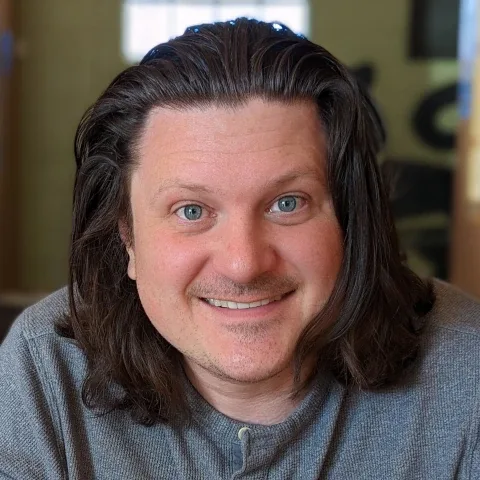
Stephen Kraig
Stephen Kraig is a component engineer working in the aerospace industry. He has applied his electrical engineering knowledge in a variety of contexts previously, including oil and gas, contract manufacturing, audio electronic repair, and synthesizer design. A graduate of Texas A&M, Stephen has lived his adult life in the Houston, TX, and Denver, CO, areas.
Stephen has never said no to a project. From building guitar amps (starting when he was 17) to designing and building his own CNC table to fine-tuning the mineral composition of the water he uses to brew beer, he thrives on testing, experimentation, and problem-solving. Tune into the podcast to learn more about the wacky stuff Stephen gets up to.
Special thanks to whixr over at Tymkrs for the intro and outro!
Related Podcasts
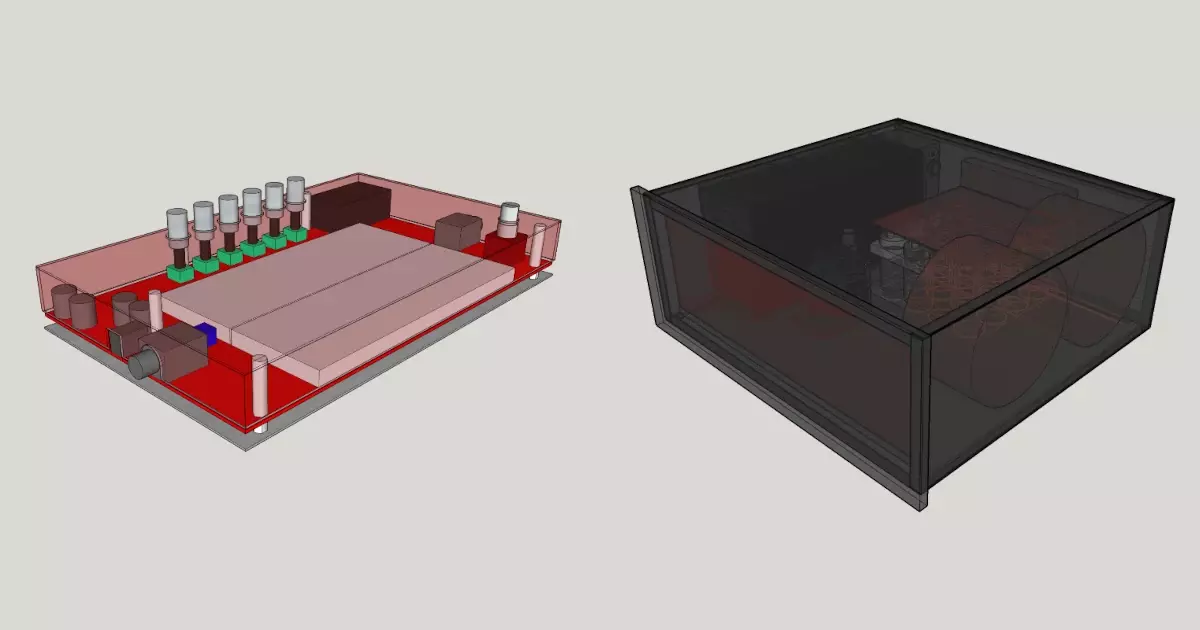
Bits That Don’t Quit
Stephen and Parker discuss how the digital and analog side of the SSPS will work and interface with each other.

The EU Charges Apple Up, Down with Slack, Don’t Go Changin’
Discussion on USB-C, EU chargers, tech, Slack GUI, government regulation, tech innovation and reverse polarity.

Clipping and Clamping OpAmps
Are rules of thumb obsolete? Validate your thumbs on this episode of the MacroFab Engineering Podcast while Parker discusses progress on the brewery!
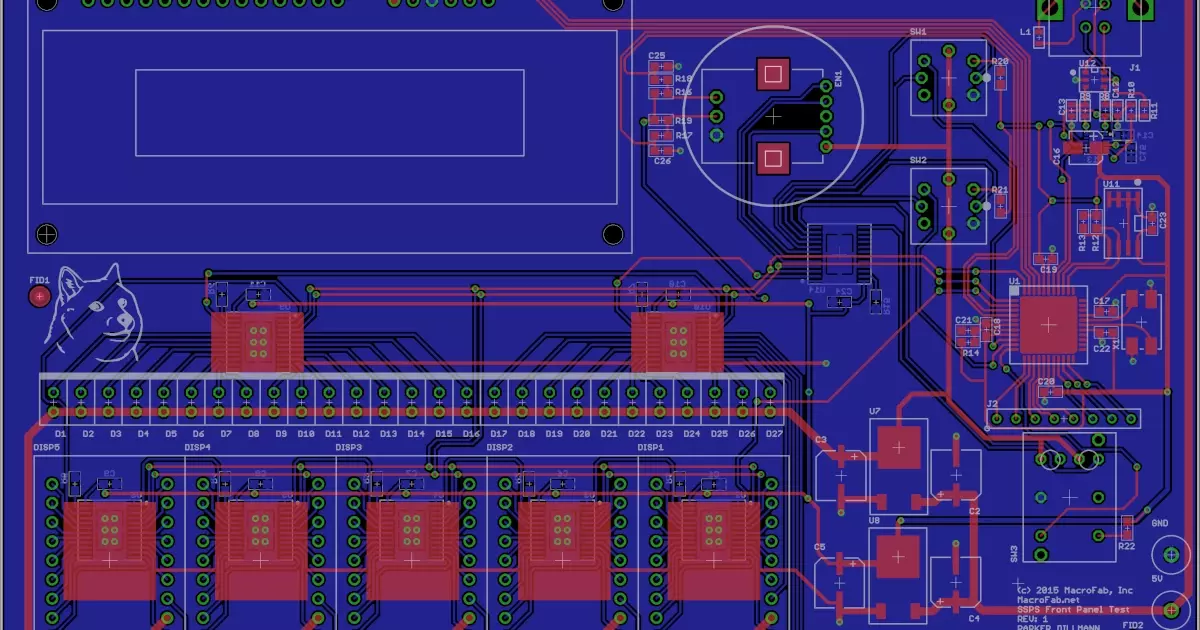
Ridiculously Blinking LED
Stephen is now almost done with the FX Development Board's final layout and enclosure design.
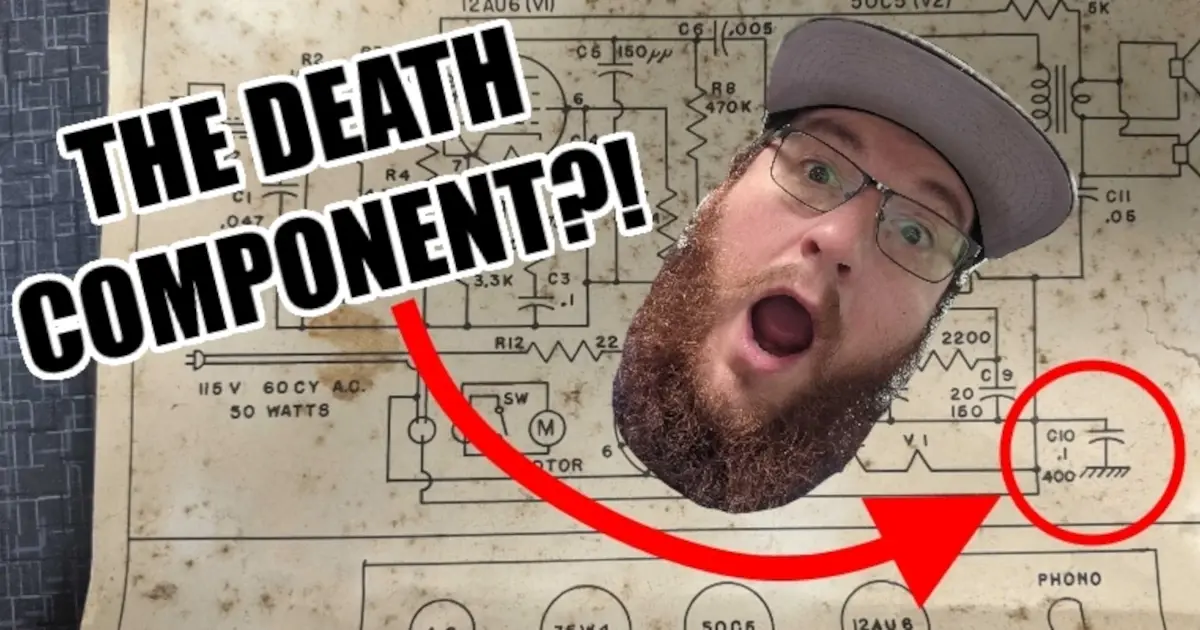
The Pinch Load
What are the common Design Rule Check errors that Parker and Stephen see as Contract Manufacturers? Are these DRC errors the ones that you run into?
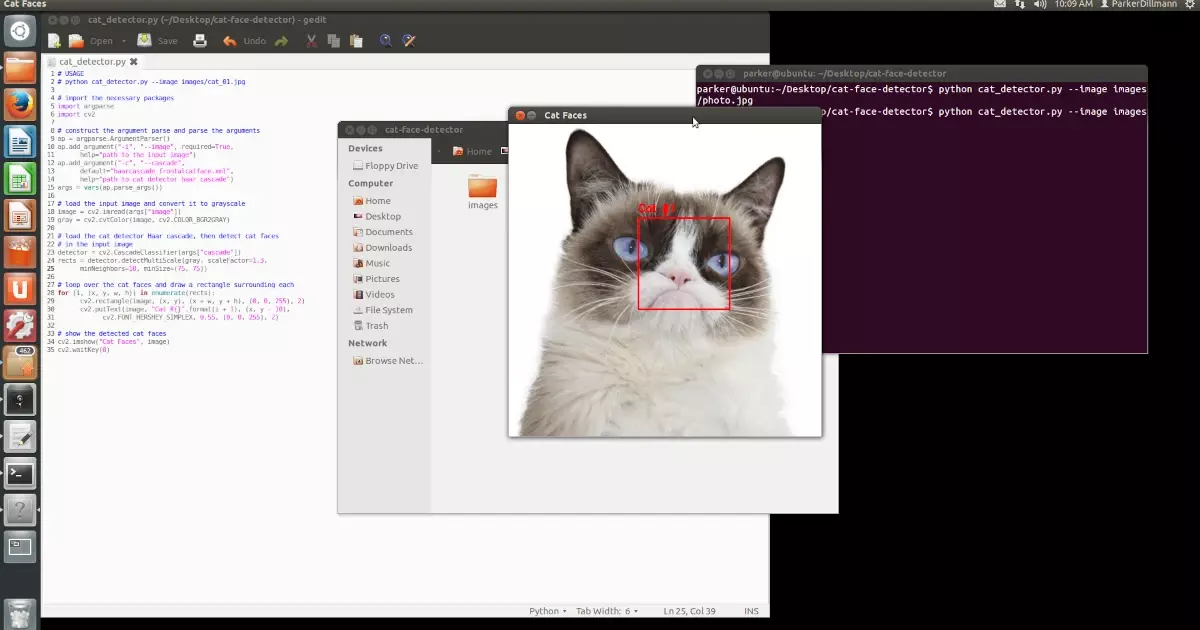
Reverse Biasing Opamps
Parker learns Python and OpenCV and Stephen gets silly with transformers.
About MacroFab
MacroFab offers comprehensive manufacturing solutions, from your smallest prototyping orders to your largest production needs. Our factory network locations are strategically located across North America, ensuring that we have the flexibility to provide capacity when and where you need it most.
Experience the future of EMS manufacturing with our state-of-the-art technology platform and cutting-edge digital supply chain solutions. At MacroFab, we ensure that your electronics are produced faster, more efficiently, and with fewer logistic problems than ever before.
Take advantage of AI-enabled sourcing opportunities and employ expert teams who are connected through a user-friendly technology platform. Discover how streamlined electronics manufacturing can benefit your business by contacting us today.